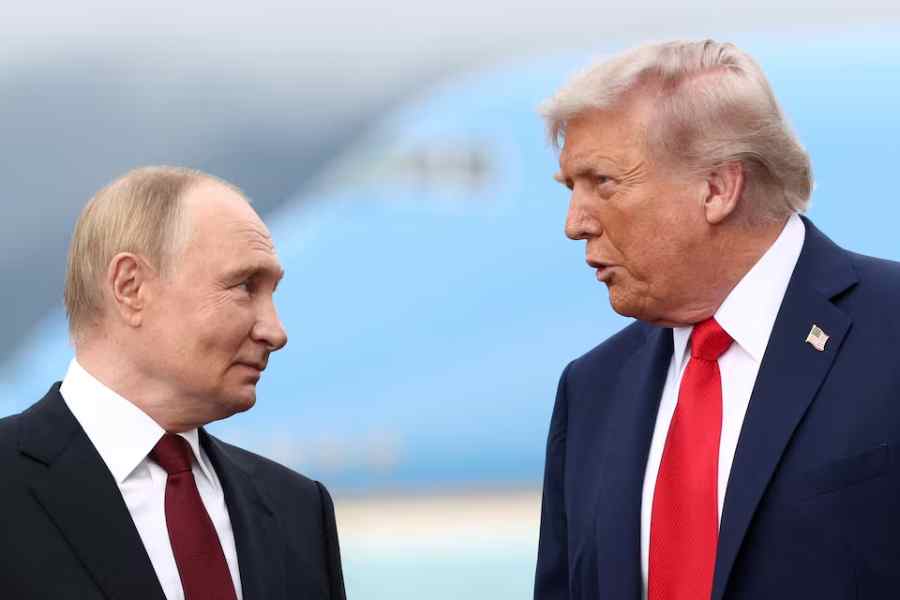Statistics, a branch of mathematics mostly used by economists, is now ready to rescue art from forgery. Three researchers at the departments of Computer Science and Mathematics, Dartmouth College, US, have developed a technique which will confirm the art historians? doubts while picking the real from the fakes.
Like an author?s preference for certain words or phrasing, an artist?s pen and brush strokes have got typical properties that aren?t visible to the human eye, according to the study, published in the Proceedings of the National Academy of Sciences (PNAS). ?Our approach builds a statistical model of an artist?s work from the scans of a set of his or her authenticated creations,? says Dartmouth computer science professor Hany Farid, who developed the algorithms, along with math professor Daniel Rockmore and graduate student Siwei Lyu.
Their technique uses digital scans of a drawing or painting, and then breaks this down in terms of simple statistical elements called wavelets, which vary across higher-order multiple scales and orientations. These wavelet decompositions are then analysed to look for consistencies or inconsistencies across different drawings or paintings. It captures data about pen or pencil stroke patterns and other elements that represent an artist?s aesthetic signature. The artworks are then compared with the signature model of wavelet statistics to spot the discrepancies, if there are any.
When applied by the researchers to a set of 13 drawings, this statistical method automatically grouped together eight real works of the 16th-century artist Pieter Bruegel, thereby separating them from five imitations. While taking a look at the Madonna with Child by Italian painter Perugino, it even indicated that at least four hands contributed to the painting.











